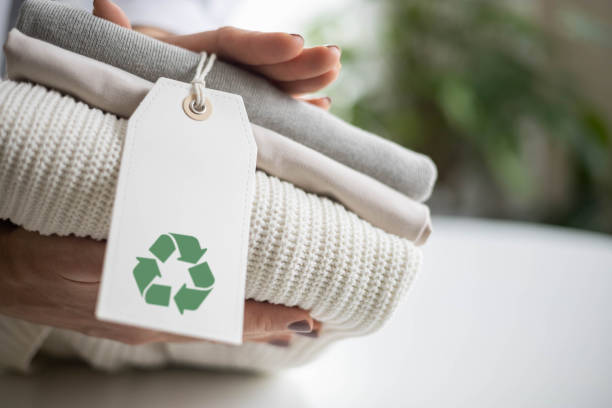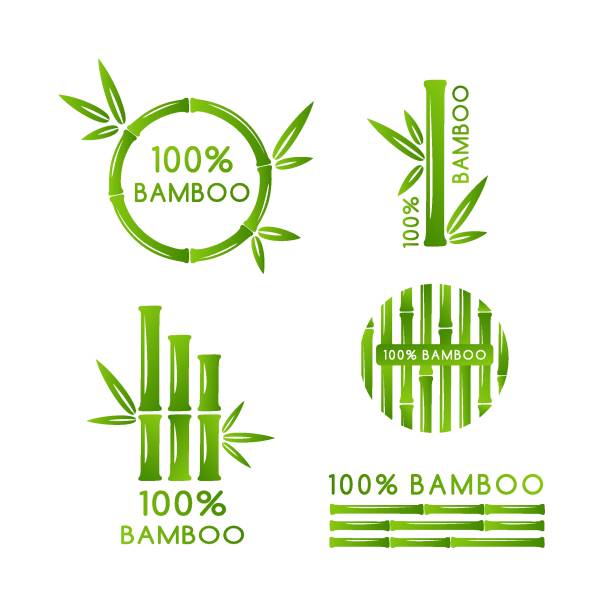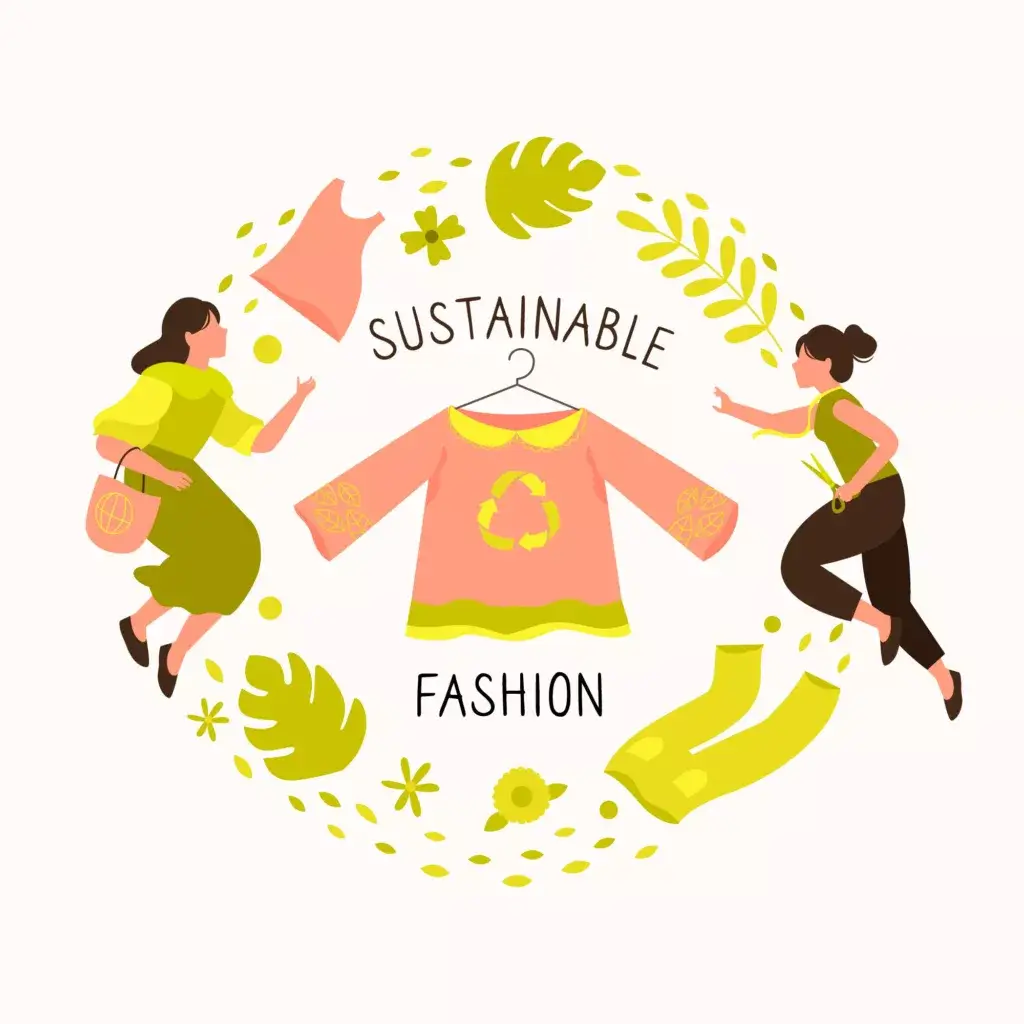In an era where environmental consciousness is becoming increasingly important, consumers like myself are seeking ways to make more sustainable choices in our everyday lives, including clothing purchases.
The fashion industry, known for its rapid trends and disposable culture, is undergoing a transformation towards sustainability. One pivotal aspect of this shift is the choice of fabrics. Sustainable fabrics play a crucial role in reducing the environmental impact of the fashion industry.
In this comprehensive guide, we will explore the world of sustainable fabrics, examining their characteristics, production processes, and the positive contributions they make towards an eco-friendlier wardrobe.
Understanding Sustainability in Fabric
Sustainable fabrics are those that are produced with consideration for environmental, social, and economic aspects throughout their lifecycle. The key factors that contribute to the sustainability of a fabric include the raw materials used, the production processes involved, and the overall impact on the environment.

Organic Cotton
One of the most well-known sustainable fabrics is organic cotton. Unlike conventional cotton, organic cotton is grown without the use of synthetic pesticides and fertilizers, reducing environmental pollution and promoting soil health. The production of organic cotton also emphasizes water conservation and encourages ethical labour practices.
Hemp
Hemp is a versatile and eco-friendly fabric that has been used for centuries. It requires minimal water and pesticides, making it a sustainable alternative to conventional cotton. Additionally, hemp plants have a rapid growth cycle and improve soil health, making them an environmentally friendly choice.
Tencel (Lyocell)
Tencel, also known as Lyocell, is a fabric made from wood pulp, typically sourced from eucalyptus trees. The production process uses a closed-loop system, where solvents are recycled, minimizing waste. Tencel is known for its softness, breathability, and biodegradability, making it a popular choice for eco-conscious consumers.
Recycled Polyester
Polyester is a widely used synthetic fabric, but its production is associated with environmental concerns. Recycled polyester is made from post-consumer plastic bottles, diverting waste from landfills and reducing the demand for new raw materials. While not entirely free from environmental impact, recycled polyester is a step towards a more circular and sustainable textile industry.

Bamboo
Bamboo fabric is derived from the pulp of bamboo plants. It is a fast growing and renewable resource that requires minimal water and pesticides. Bamboo fabric is known for its natural antibacterial properties and breathability. However, the manufacturing process of bamboo fabric can vary, and some methods may involve chemical treatments, impacting its overall sustainability.
Production Processes Impact on Sustainability
In addition to the raw materials, the production processes play a crucial role in determining the overall sustainability of a fabric. We should be aware of the environmental and social impact associated with the following various manufacturing methods.
Dyeing Processes
Traditional dyeing processes involve the use of harmful chemicals and large amounts of water. Sustainable alternatives include waterless dyeing technologies, natural dyes, and low impact dyeing methods. Brands that prioritize sustainable practices often use these alternatives to minimize the environmental impact of coloration processes.
Closed-Loop Systems
Fabrics produced through closed loop systems are designed to minimize waste and reduce environmental impact. In a closed loop system, the chemicals and water used in the production process are recycled, creating a more sustainable and efficient manufacturing cycle. Tencel production, for example, is known for its closed loop system.

Energy Consumption
Sustainable fabrics are often associated with lower energy consumption during production. Manufacturers that prioritize renewable energy sources, such as solar or wind power, contribute to a more sustainable supply chain. We can support brands that transparently communicate their efforts to reduce energy consumption in their production processes.
Certification
Several certifications indicate a commitment to sustainable and ethical practices in the textile industry. Look for fabrics and brands that carry certifications such as Global Organic Textile Standard (GOTS), OEKO-TEX Standard 100, and Cradle to Cradle, as they signify adherence to environmental and social standards.
The Environmental Impact of Fabrics
It is essential for us conscious shoppers to understand the environmental impact of different fabrics throughout their lifecycle, from cultivation or extraction to manufacturing, use, and disposal as shown below.
Water Usage
Water is a critical resource in fabric production, and some fabrics have a significantly higher water footprint than others. For example, the cultivation of conventional cotton is notorious for its high-water consumption, whereas fabrics like Tencel and hemp require less water to grow. Sustainable choices involve opting for fabrics that prioritize water conservation throughout their production.
Chemical Pollution
The use of chemicals in fabric production can lead to pollution of air, water, and soil. Pesticides and synthetic chemicals used in conventional cotton farming, for instance, have adverse effects on ecosystems and human health. Sustainable fabrics, such as organic cotton and Tencel, often involve reduced or environmentally friendly chemical use, mitigating their impact on the environment.
Waste and Biodegradability
The disposal of clothing contributes to the growing issue of textile waste. Fabrics that are biodegradable, such as organic cotton and Tencel, break down more easily, reducing their environmental impact at the end of their lifecycle. Additionally, choosing recycled fabrics helps divert waste from landfills and promotes a more circular approach to fashion.
Social and Ethical Considerations
Sustainability in fashion goes beyond environmental aspects, it also encompasses social and ethical considerations. As conscious shoppers we should be aware of the working conditions of the individuals involved in the production process and support brands that prioritize fair labour practices.
Fair Labour Practices
Sustainable fashion involves ensuring that the people involved in the production of fabrics and garments are treated ethically and paid fair wages. Look for brands that are transparent about their supply chain and prioritize fair labour practices, as this contributes to a more socially responsible and sustainable fashion industry.
Supply Chain Transparency
Brands that are committed to sustainability often provide transparency about their supply chain. This transparency allows us to trace the journey of a product from raw materials to the finished garment, ensuring that ethical and sustainable practices are maintained at every stage.
Local and Artisanal Production
Supporting locally produced fabrics and garments can contribute to a more sustainable and resilient fashion industry. Local production reduces the carbon footprint associated with transportation and supports local economies. Additionally, choosing artisanal or handmade fabrics promotes traditional craftsmanship and skills.

As eco conscious shoppers increasingly seek ways to make sustainable choices, understanding the complexities of sustainable fabrics becomes paramount. By considering the environmental, social, and ethical aspects of fabrics, we can make informed decisions that align with our values. The fashion industry’s transition towards sustainability is a collaborative effort that involves consumers, brands, and policymakers.
By choosing sustainable fabrics as consumers, we play a crucial role in driving positive change and fostering a more environmentally friendly and socially responsible fashion industry. The power to make a difference lies in the hands of the eco conscious shoppers, who recognize the impact of their choices on the planet and future generations.
Related Article
Brought to you by Eco TIGA – Your Friendly Guide to Eco-Friendly Living



A very informative guide on sustainable fabrics, Michelle! I appreciate the detailed breakdown of various eco-friendly options and their impact on the environment. Your emphasis on understanding the entire lifecycle of fabrics, from raw materials to disposal, is crucial for conscious shoppers like us.How do you envision the future of sustainable fabrics in the fashion industry? Are there emerging technologies or trends that you believe will further enhance the eco-friendliness of clothing? And, in your research, did you come across any specific initiatives or collaborations within the fashion industry that are making significant strides toward sustainability? It would be interesting to learn about specific examples that inspire positive change.Keep up the great work in promoting sustainable choices in the fashion world!David
Thank you for your response, very uplifting 🙂
I envision that the future of sustainable fabrics in the fashion industry is growing steadily and holds promising developments i.e. bio-degradable and lab grown fabrics.
In my research so far, I have come across 3D and Re-Cyclable technologies as well as Waterless Dyeing.
Plant based alternatives feature highly as well as a rising Consumer awareness.
Michelle – Eco TIGA
#eco #ecofriendly #sustainable #zerowaste